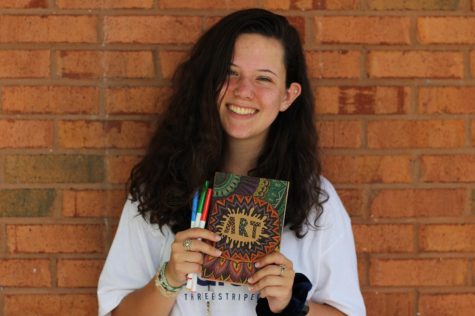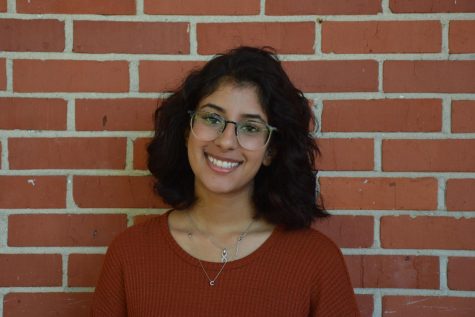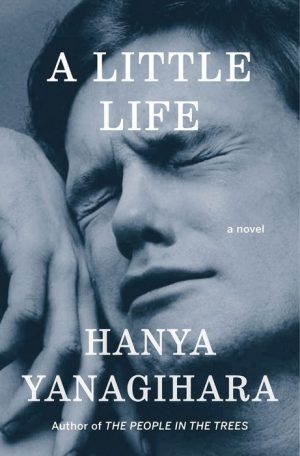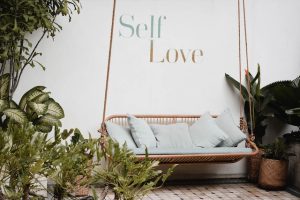Body Modification in a Changing World
Body modification has been prevalent through time and even now rises in popularity on and off Stetson’s campus
October 25, 2019
Anybody with some sort of body modification might have heard before. And it is true that at a base level, the idea of being impaled with a needle and then shoving a piece of shiny metal through it sounds primitive and disgusting. But once a new piercing is in, it can feel amazing. Even just switching jewelry is a complete change and there are infinite options to explore. Similarly, having a needle dipped in ink repeatedly stabbed into the skin to have a design forever welded onto your body sounds awful. But a tattoo can be a personal reminder, something to see every day and know it is part of an entire identity. It is something beautiful that bends and moves with the skin, voicing anything without having to speak a word.
Body modification encompasses the whole world of piercings and tattoos, even scarification in some cultures. From something as simple as an earlobe piercing to intense modifications like full-body tattoos, inch-wide ear gauges, or tongue-splitting, body modifications express individuality and make an impactful visual statement. Stick and poke has become popular in recent years as well. Stick and poke is a growing trend when it comes to tattoos. It involves poking a needle with skin-safe ink into the skin to manually stimulate the automatic needle of a tattoo gun. Changes to the body such as eyeball tattoos, surgically inserted horns, and tattoos that cover large areas of skin often seem overwhelming or even scary, but the people who made these changes to their bodies often fell that these modifications are a presentation of their true self. This physical art is a deeply personal expression of identity that can be incredibly freeing and poignant.
Although it may seem like tattoos and piercings are pretty recent, there is recorded history of them dating back thousands of years. There are reports of tattoos going back to 10,000 years ago in 3300 BCE. The Egyptians were tattooed, and even King George V had a tattoo, which destigmatized the views of tattoos as associated with the lesser pagan religion and criminals and spread the trend to high-class royalty. There is a very traditional and colorful tattoo style from Asia, particularly Japan, that dates back to 10,000 BCE. Piercings are traced back to 4,000 years ago in the Middle East. Even in Genesis 24:22 in the bible, a nose ring is mentioned. The Aztecs utilized piercings to denote social class and communication with the gods. In Africa, people in many communities would have piercings for religious purposes. Tattoos have also been used for hatred to mark slaves and prisoners. But despite this dark past, today’s society has been moving to consider tattoos and the practice of tattooing as art.
While ancient religions utilized tattoos completely, there are plenty of religions that are against them. Some people say that a body cannot be buried in a Jewish graveyard if it is tattooed. Christianity and Islam have viewed tattoos as obscene or indicating damage to the temple that is the body. Buddhism also opposes tattoos on the basis that it is not right to cause harm to the body. Religious verses can often be found as tattoos, and as religion is multi-faceted, so are different interpretations of body modification.
Body modifications are increasingly popular in college-aged students, so it is no surprise that many students in the Stetson community have tattoos and piercings in a wide range of styles and for different reasons. Some students were able to weigh in on their body modifications and what they mean to them.
Sarah Hart (’23) has a sunflower tattoo on her lower leg. She had it done right before her 18th birthday for her great-grandmother who she was close to, and her sister has a matching one. Although her father disapproved at first, he was okay after she explained its significance relating to her great-grandmother, and she would never change anything about it. She is religious, but that does not affect her view on her tattoo.
Zoe Nicholson (’23) has three tattoos. One she stick and poked onto her own body. Her stick and poke is of a wave she did when she was seventeen to connect her to the sea and surfing. She has a mountain on the back of her arm, which represents the Scottish mountains she runs up when she visits Scotland, where she is from. She has a Greek crown symbol on her thumb, which reminds her to be confident and believe. She regrets this one because the tattoo artist used cheap ink but will get it redone. She says she receives mixed reviews and that younger people tend to respect her tattoos more than older people, but she feels that it is her self-expression so it is okay if people do not like it.
Mason Kemph (’22) has two tattoos. He has his favorite Bible verse, Romans 8:28, on his chest. This verse, which reads “And we know that all things work together for good to those who love God, to those who are the called according to His purpose” reminds Kemph that “everything doesn’t [always] go your way, but as long as you continue to push forward, you can make things work out.” He also has a quarter rest tattoo on the back of his left arm, which is a reminder to breathe and pause in moments of anxiety. He grew up in a family with tattoos, so he has always wanted them. He loves how personalized his are and how they daily remind him to persevere. A few times he has encountered stares, but never any serious judgment, and although he is Christian, his religion does not negatively affect his perception of his body modification.
Esmé Grimshaw (’23) has many tattoos. On her torso, she has the word ‘beloved’ on her back because that is what her name means in French and Persian. She also has the word ‘baby’ on her right ribs, and a butterfly, heart, and an Ohm symbol on her left ribs. On her legs, she has a Doberman on her upper thigh to represent one of her dogs and the words “you are my sunshine” on her ankle, written in her mother’s handwriting. She also has the word ‘amor’ on her hipline. She’s always been interested in tattoos and the artistry behind them, and she loves that when she looks down, she is reminded of the meaning behind all of those stories. “I am a Buddhist, so technically I’m not supposed to partake in body modification, but at the end of the day it’s something that makes me feel whole and I don’t regret getting them done.”
There is a long and rich history of body modification around the world, and tattoos and piercings are on the rise even today. Body modification can be a beautiful form of self-expression and reassurance, and although there are stigmas, this personal art form can be seen all over Stetson’s campus.









